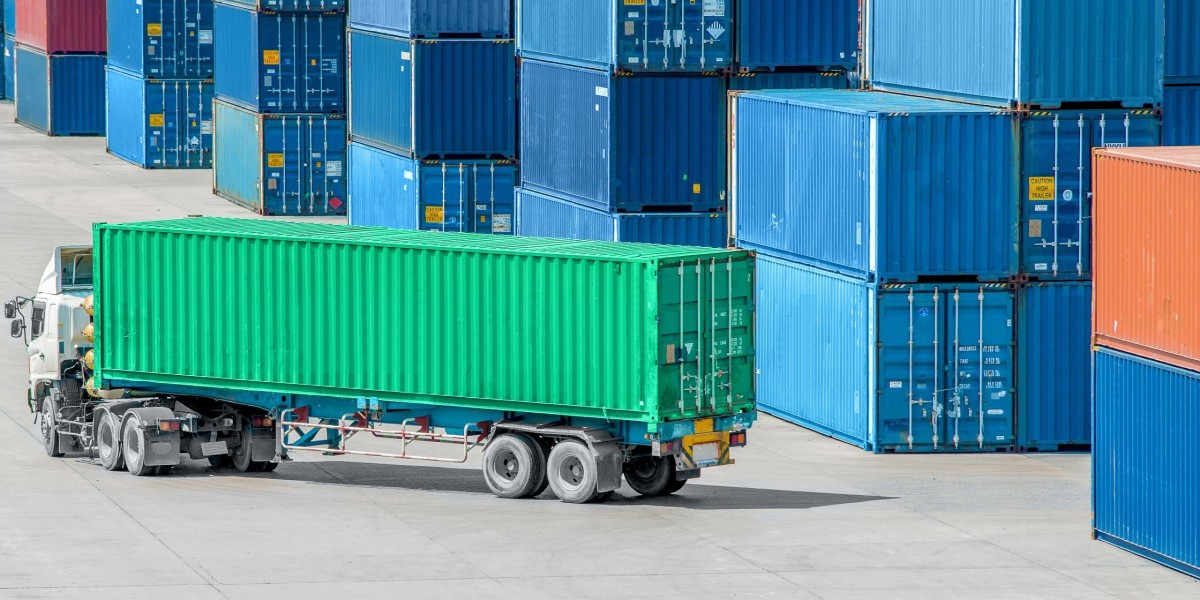You must have heard about the famous container tracking Cosco, Balmer Lawrie CFS container tracking, and Adani Port container tracking. These eminent container tracking systems cover most of the tracking and tracing services.
The logistics parties of all these container tracking systems ensure that the systems carry out their shipping businesses smoothly and efficiently. In this article, we will discuss container tracking systems' logistics parties.
However, every reader needs to have a brief idea of container tracking before they learn about the logistics parties.
What is Container Tracking?
Container tracking is an advanced system that provides businesses with real-time information through continuous monitoring of the containers. When a package is dispatched, it reaches the customer through the supply chain. Container tracking tracks and traces every movement of the package from its origin to its final destination using the latest technologies.
It does not matter what the transportation or the transporting route the package or container is availing of. With GPS, RFID and satellite communications, your container will be under continuous monitoring.
Now that you have learned about container tracking, let's move on to the logistics parties.
Different Logistics Parties Related to Container Tracking
Every container shipping process involves four logistics parties to complete the entire process. Each party is associated with distinct functions. Let's talk more about these parties in the following points:
First-Party (1PL)
As the name suggests, this party is involved in the initial stage of the shipping process. They manufacture the goods that are waiting to be shipped. The first party has a great impact on the entire shipping process. The shipping process will be delayed if the first party causes any delay or discrepancies. Finally, it will be responsible for the inconvenience caused to the customer.
Second-Party (2PL)
The second party ships the container. They move the shipment and are an integral part of container tracking. They are responsible for doing their part, and they are paid to do so.
Third-Party (3PL)
The third-party coordinates with the shipment on behalf of the first party. They use several second-party shippers to complete their tasks. That is why the third party is called the logistic provider.
Fourth-Party (4PL)
The fourth and last party of container tracking is an independent body. The only function of the fourth party is to help the first party integrate their supply chains via third-party logistics.
However, you must remember that third and fourth-party logistics are not actively associated with container tracking. Only the first and second party has notable involvement in tracking shipping containers.
Let's know a bit more about the first and second-party considerations.
First-Party Considerations
The first party is responsible for manufacturing goods. Hence, they do not own the shipping containers. Thus, it becomes challenging to determine where the tracking device should be placed.
In most cases, the container is made of metal, making it tough for a wireless signal to pass through. Hence, the first party generally puts the tracking device on the exterior part of the container.
Second-Party Considerations
The second party owns the vessel and the container. So it is easier for them to place the container tracking device in the right place. However, the second party or the liners does not own every container or vessel. Therefore, in this case, they have to maintain close attention in placing the tracking device.
Conclusion
This is a brief outline of the different logistics parties of every container tracking. The tracking device installed by these parties is made of advanced quality solutions. LDB is one of the leading companies that provides container tracking solutions to notable systems like Balmer Lawrie CFS container tracking, Adani Port container tracking and container tracking Cosco.








